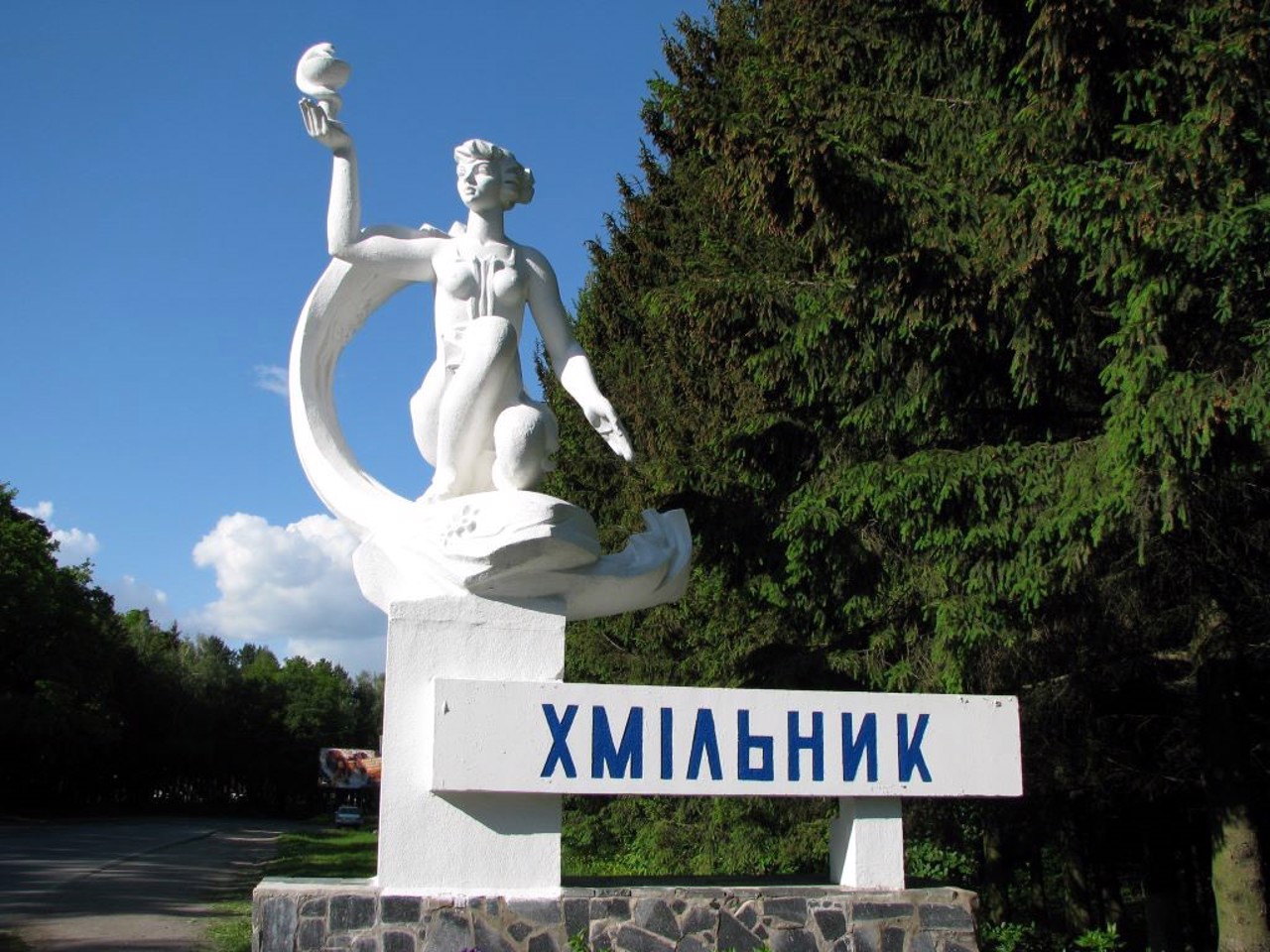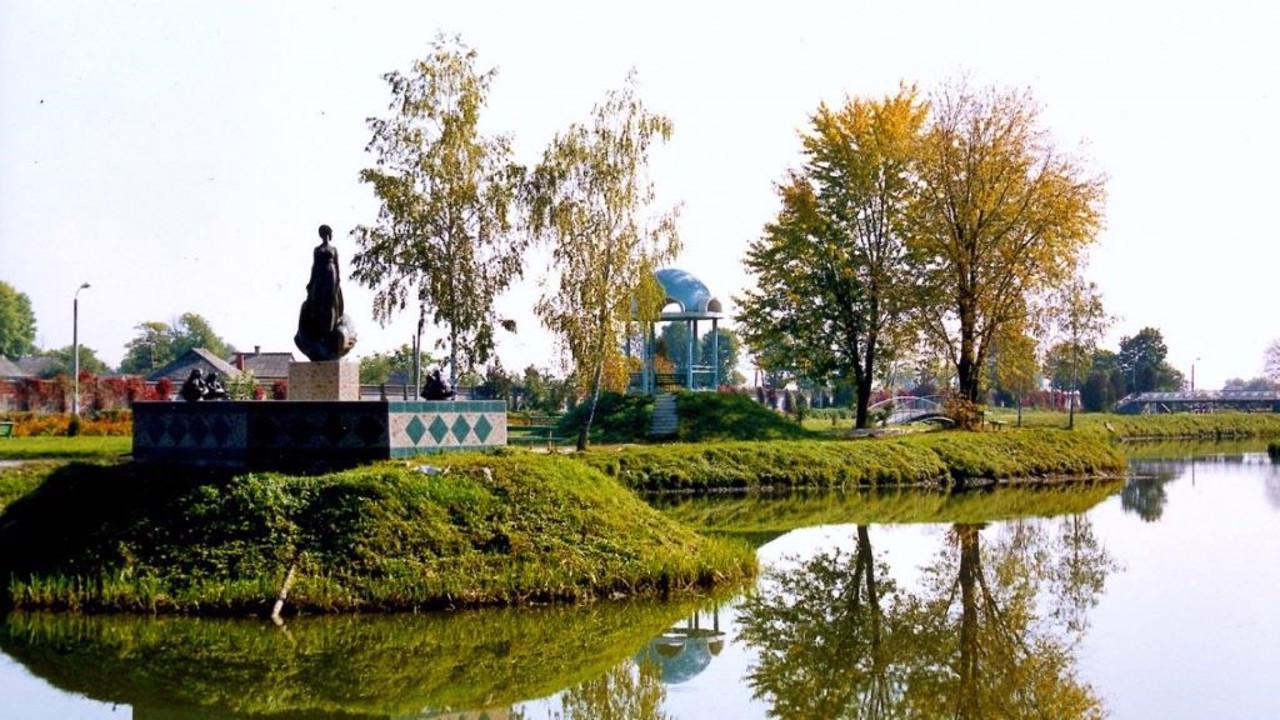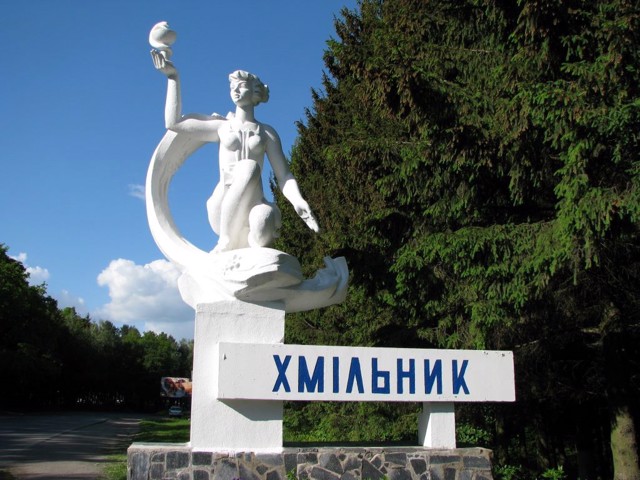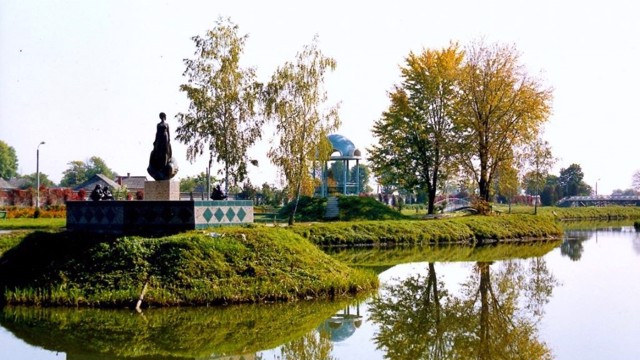Functional temporarily unavailable
General information about Khmilnyk
Khmilnyk is a resort town on the banks of the Southern Buh, known for its healing radon waters. Peat mud is also used in the treatment.
Khmilnyk was first mentioned in 1362. The name probably comes from hops, which grew abundantly in the vicinity. The so-called "Black Route" of nomad raids passed through the city. In 1431, Khmilnyk, among other towns of Podillia, came under the rule of the Lithuanian princes and, as a border town, was fortified, and in 1434 the town came under the jurisdiction of Poland. In the period from 1672 to 1699, Khmilnyk was ruled by the Turks, after which the power again passed to the Poles. The city was repeatedly destroyed and burned, but each time it was rebuilt anew.
The watchtower of the old Tarnovsky castle has been preserved, which ...
Khmilnyk is a resort town on the banks of the Southern Buh, known for its healing radon waters. Peat mud is also used in the treatment.
Khmilnyk was first mentioned in 1362. The name probably comes from hops, which grew abundantly in the vicinity. The so-called "Black Route" of nomad raids passed through the city. In 1431, Khmilnyk, among other towns of Podillia, came under the rule of the Lithuanian princes and, as a border town, was fortified, and in 1434 the town came under the jurisdiction of Poland. In the period from 1672 to 1699, Khmilnyk was ruled by the Turks, after which the power again passed to the Poles. The city was repeatedly destroyed and burned, but each time it was rebuilt anew.
The watchtower of the old Tarnovsky castle has been preserved, which later became part of the manor of Count Xido. A church and 4 Orthodox churches, built in the period of the XVII-XIX centuries, have also been preserved.
In 1934, while drilling an artesian well, a source of radon-hydrocarbonate-chloride-calcium-sodium mineral water with a high manganese content was discovered. In this regard, the government of Ukraine in 1938 recognized the area where the healing waters of Khmilnyk lie as a resort area. From that time, the construction of large water hospitals began in the city, of which there are now 6, not counting the many mini-hotels and recreation complexes.
Хмільник - курортне містечко на берегах Південного Бугу, відоме лікувальними радоновими водами. Також в лікуванні використовуються торфові грязі.
Вперше Хмільник згадується в 1362 році. Ймовірно, назва походить від хмелю, який рясно ріс в околицях. Через місто проходив так званий "Чорний шлях" набігів кочівників. У 1431 році Хмільник, в числі інших міст Поділля, перейшов під владу литовських князів та, як прикордонне місто, був укріплений, а в 1434 році місто потрапило під юрисдикцію Польщі. У період з 1672 по 1699 рік в Хмільнику господарювали турки, після чого влада знову перейшла до поляків. Неодноразово місто було зруйновано та спалено, але кожен раз відбудовувалося наново.
Збереглася сторожова вежа старого замку Тарновських, яка пізніше увійшла до складу садиб ...
Хмільник - курортне містечко на берегах Південного Бугу, відоме лікувальними радоновими водами. Також в лікуванні використовуються торфові грязі.
Вперше Хмільник згадується в 1362 році. Ймовірно, назва походить від хмелю, який рясно ріс в околицях. Через місто проходив так званий "Чорний шлях" набігів кочівників. У 1431 році Хмільник, в числі інших міст Поділля, перейшов під владу литовських князів та, як прикордонне місто, був укріплений, а в 1434 році місто потрапило під юрисдикцію Польщі. У період з 1672 по 1699 рік в Хмільнику господарювали турки, після чого влада знову перейшла до поляків. Неодноразово місто було зруйновано та спалено, але кожен раз відбудовувалося наново.
Збереглася сторожова вежа старого замку Тарновських, яка пізніше увійшла до складу садиби графа Ксідо. Також зберігся костел і 4 православні церкви, побудовані в період XVII-XIX століть.
У 1934 році при бурінні артезіанської скважини було виявлено джерело радонової гідрокарбонатно-хлоридно-кальцієво-натрієвої мінеральної води з високим вмістом марганцю. У зв'язку з цим уряд України в 1938 році визнав район залягання лікувальних вод Хмільника курортною місцевістю. З того часу в місті починається будівництво великих водолікарень, яких зараз налічується 6, не рахуючи безлічі міні-готелів і відпочинкових комплексів.
Сплануй своє перебування у Khmilnyk
What to see and where to go in Khmilnyk
Tourist attractions and museums of Khmilnyk
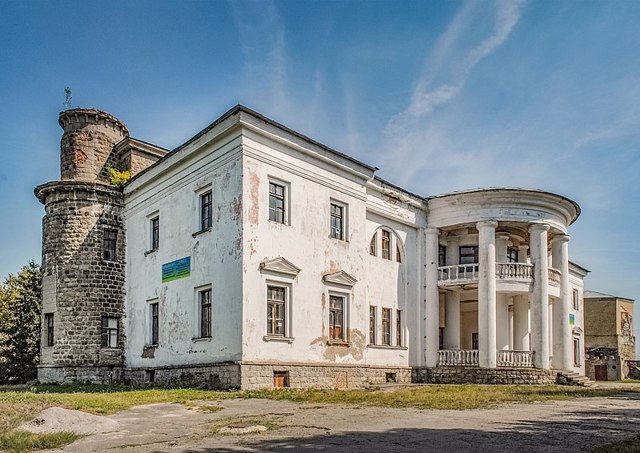
Count Ksido Palace (Historical Museum)
Castle / fortress , Palace / manor , Architecture , Museum / gallery
The palace of Count Kostyantyn Ksido, who served as adjutant of General Stessel, was built in Khmilnyk in 1913-1915 according to the project of the architect Ivan Fomin on the basis of a Lithuanian defensive castle of the 16th century.
The octagonal fortress tower (1534), which served as a mosque minaret during the Turkish rule, as well as fragments of fortifications that give the palace a medieval look from the side of the river, from the stone bridge across the Pivdennyi Buh (1915, architect Ivan Fomin). A striking contrast to them is created by the front facade, made in the Renaissance style and decorated with a colonnade.
Until recently, a hotel operated in the premises of the palace, now the building is in a state of disrepair.
In 1976, a local historian-enthusiast opened a historical museum on public grounds in the Turkish Tower.
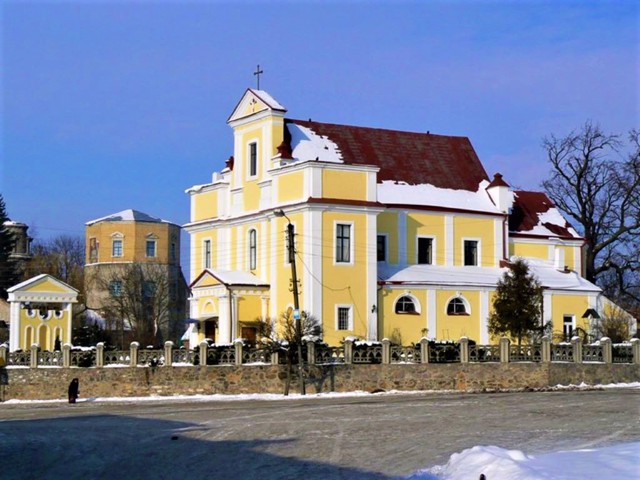
Holy Trinity Church
Temple , Architecture
The Catholic Church of the Holy Trinity is one of the first and largest in Podillya, founded in 1603 in Khmilnyk, which was a significant center of Protestantism at the end of the 16th century.
The temple was damaged during the Liberation War, then it was badly damaged during the Turkish rule at the end of the 17th century. Majorly renovated and expanded at the expense of Mykhaylo Zaleskyi, rededicated in 1728 under the name Beheading of Ioann the Baptist.
The last reconstruction was carried out at the beginning of the 20th century. An oil painting of the early 20th century has been preserved in the interior of the church in the Tuscan Baroque style.
Today it is an active Roman Catholic church of the Holy Trinity of the Kamyanets-Podilskyi diocese.

Museum "Shoe"
Museum / gallery
The "Shoe" ("Cherevychok") museum in Khmilnyk presents the largest collection of decorative and souvenir shoes in Ukraine, which includes more than 8,500 exhibits from 70 countries.
Philobotist Nelya Rybak, a resident of Khmelnyk, has been collecting decorative boots from various peoples of the world for many years. There are products made of glass, porcelain, crystal, leather, wood, vine and many other materials. Products of the famous Italian porcelain factory Capodimonte, products of the Royal Porcelain Factory of Germany, Bohemian crystal from the Czech Republic, etc. are presented. Some exhibits date back to the middle of the 18th century, but most were made in the 20th century. Part of the exhibition is a collection of souvenir boots, collected in the USA from 1938 to 1952, acquired by the founder of the museum.
Visitors are greeted by a Christmas tree decorated with toy shoes. You can also see an aquarium boot made of Murano glass.
During the opening of the "Shoe" museum in 2021, a national record was registered - the largest collection of souvenir and decorative shoes in Ukraine.
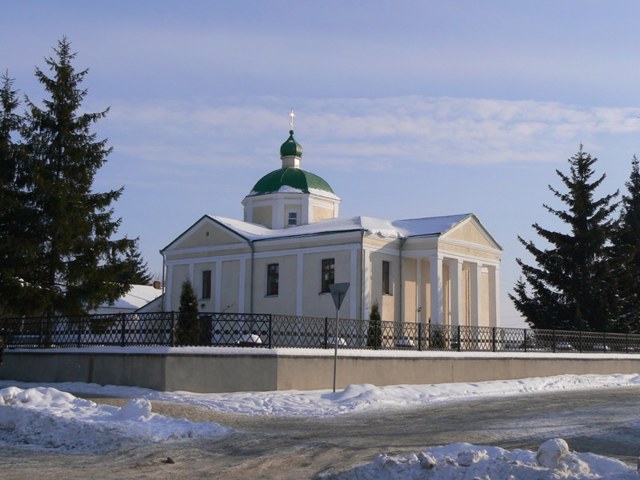
Nativity of Holy Virgin Church
Temple , Architecture
The Church of the Nativity of the Blessed Virgin Mary in the Ukrainian Baroque style was built in Khmilnyk at the beginning of the 19th century on the site of an old wooden church that burned down in 1809 during a fire in the suburb.
The church is stone, two-story, with a stone belfry. In 1865, two chapels were added.
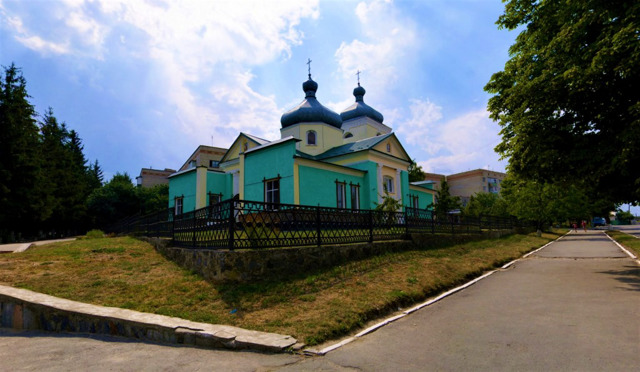
Temple of Cathedral of Holy Virgin
Temple , Architecture
The Temple of Cathedral of Holy Virgin in Khmilnyk has been known since 1720.
It is located on the right bank of the Pivdenny Buh, outside the Old City.
At first it was wooden. It was rebuilt in stone in 1831-1839 in the Rus-Byzantine style.
Reviews Khmilnyk
Geographical information about Khmilnyk
| {{itemKey}} | {{itemValue}} |
|---|---|
| Region |
Vinnytsia |
